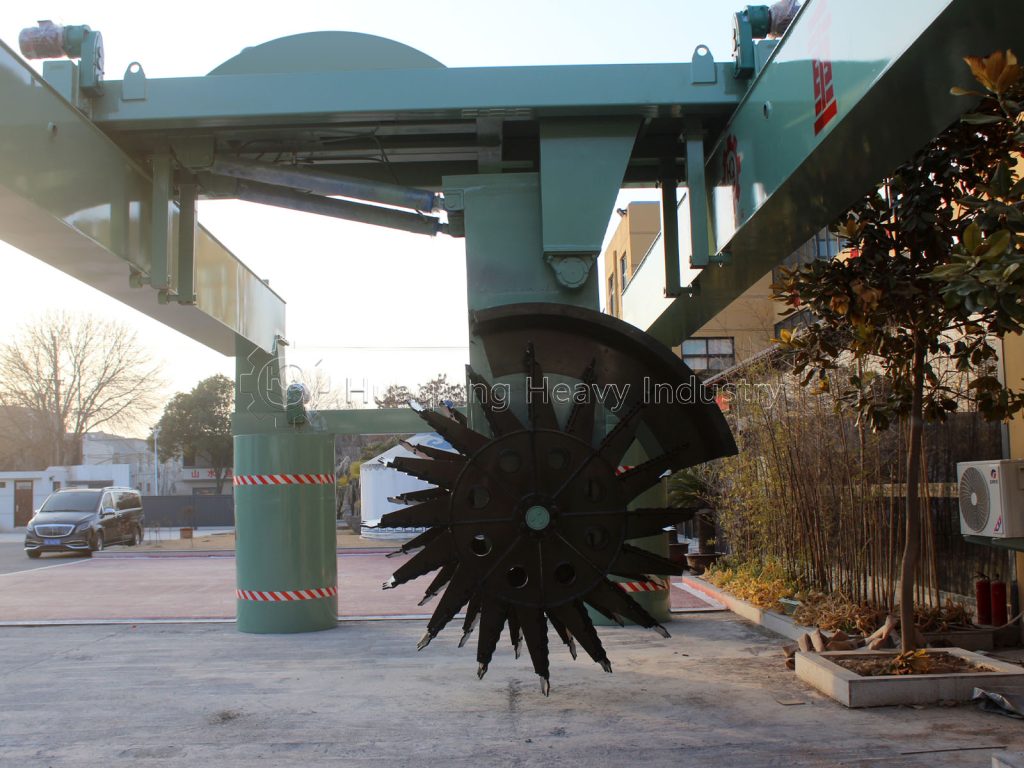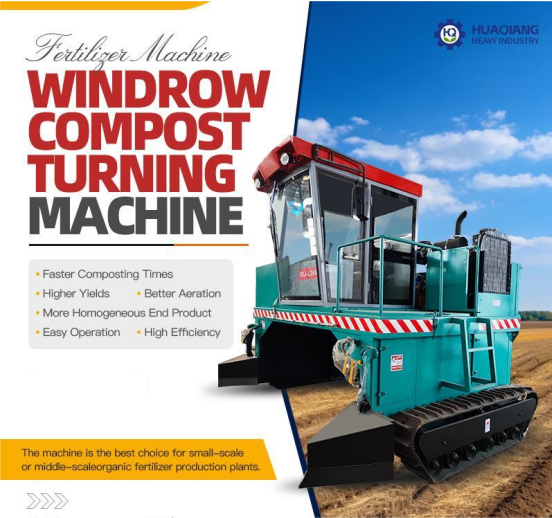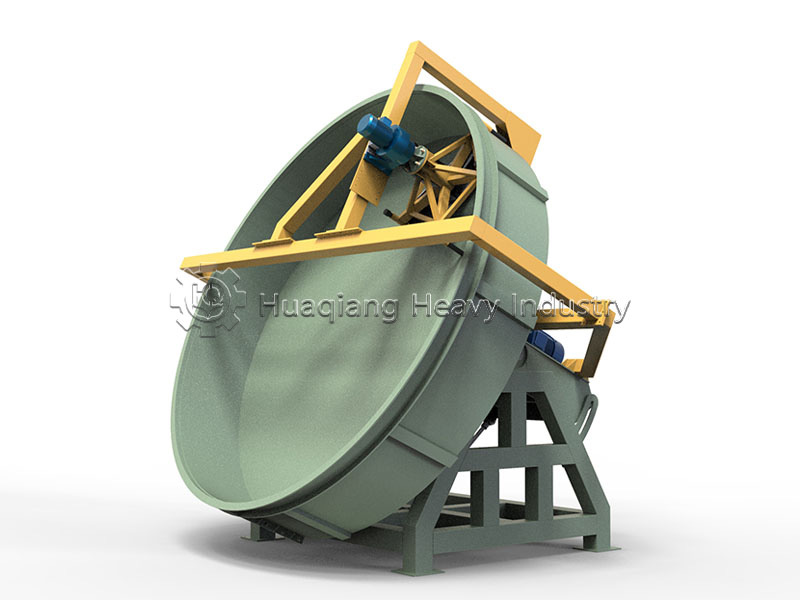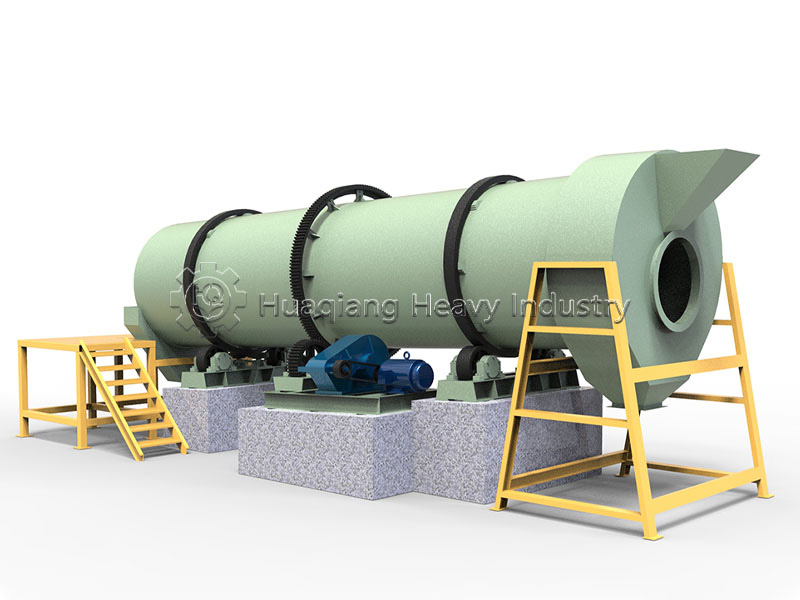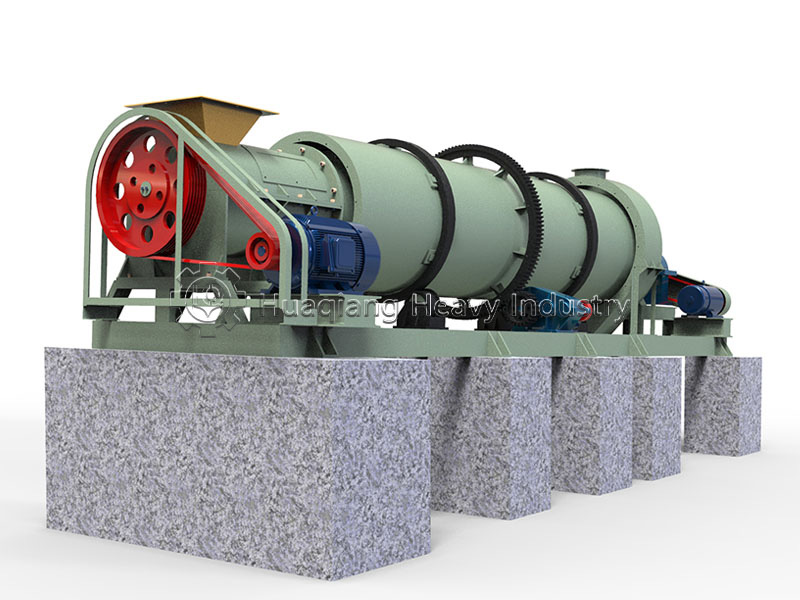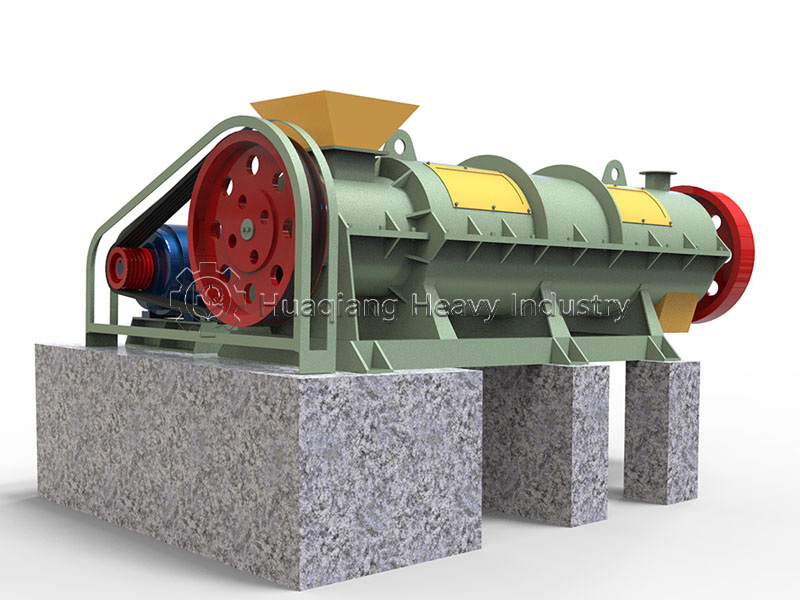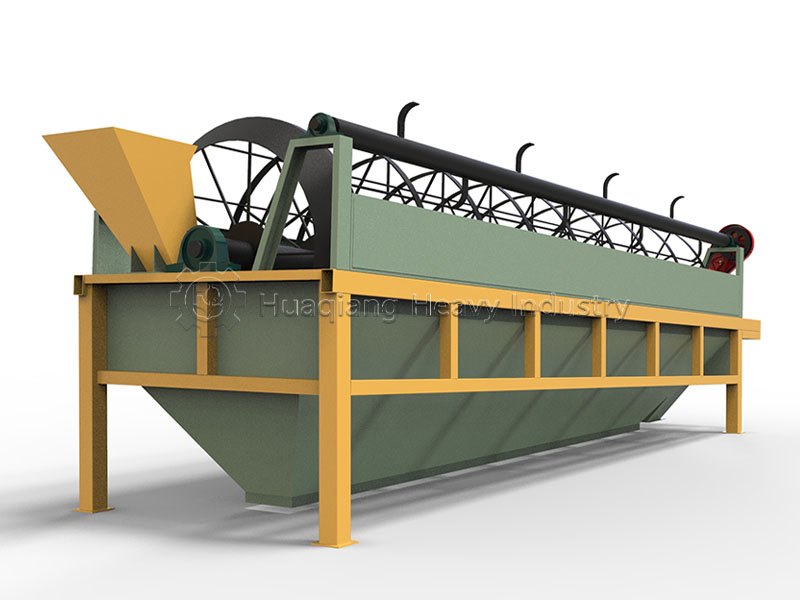Telescopic Belt Conveyor: Effortless Material Handling
In modern industrial production, the telescopic belt conveyor has become an indispensable material handling equipment with its elegant and efficient operation. It functions like a perpetual industrial artery, seamlessly connecting raw materials and finished products between different processes.
Ingenious Working Principle: Simple Yet Sophisticated
Initialization: The Power Source
When the drive system activates, the motor powers the reducer, transmitting energy to the conveyor belt through the drive drum. This process is smooth yet powerful, much like an experienced conductor wielding a baton, initiating harmonious operation throughout the system.
Material Transportation: A Smooth Journey
Materials are evenly distributed onto the moving conveyor belt, embarking on their journey accompanied by gentle mechanical sounds. The idler system acts as loyal guardians, ensuring the belt remains stable and materials travel securely.
Direction Change and Discharge: Graceful Finale
As the conveyor belt reaches the reversing drum, it skillfully changes direction, allowing materials to discharge naturally under gravity. This process is precise and elegant, resembling a carefully choreographed dance where every movement is perfectly timed.

Outstanding Features: Why It’s Highly Valued
Continuous Efficiency
Enables 24/7 uninterrupted operation, significantly boosting productivity while reducing labor costs.
Wide Applicability
Handles everything from fine granules to large packages, lightweight materials to heavy cargo.
Smooth Operation
Precision support systems and balanced design ensure stability during material transportation.
Easy Maintenance
Modular design simplifies maintenance procedures, significantly reducing downtime.
Flexible Adjustment
Length and inclination can be flexibly adjusted to accommodate various complex working conditions.
Safety Assurance
Multiple safety protection devices provide comprehensive security for both operators and equipment.
Particularly noteworthy is its exceptional adaptability. Whether in rugged terrain deep within mines or pristine clean rooms in modern factories, the telescopic belt conveyor integrates perfectly into various working environments with its unique flexibility, serving as a reliable link between production processes.
The telescopic belt conveyor represents not only the wisdom of mechanical engineering but also a crucial guarantee for modern industrial production efficiency. With its simple yet reliable working principle and excellent performance characteristics, it plays an irreplaceable role in industrial scenarios worldwide, continuously driving industrial production toward greater efficiency and intelligence.
Integrating Telescopic Belt Conveyors into Modern Fertilizer Production Lines
The telescopic belt conveyor serves as a vital connecting component in modern fertilizer manufacturing, seamlessly integrating various processing stages within complete production systems. In comprehensive npk fertilizer production line configurations, these conveyors efficiently transport raw materials to npk blending machine units and subsequently transfer blended materials to granulation equipment. The flexibility of telescopic conveyors makes them particularly valuable in large-scale operations handling the substantial NPK compound fertilizer production capacity required by global agriculture markets.
Throughout different fertilizer granulation processes, telescopic belt conveyors provide essential material handling between key equipment. They transport composted materials from windrow composting machine stations to disc granulator machine units in organic fertilizer production line setups, and similarly serve roller press granulator production line operations by feeding materials to double roller press granulator equipment. This continuous material flow is essential for maintaining efficiency across the complete disc granulation production line and other manufacturing systems.
The versatility of telescopic conveyors extends to specialized applications like bio organic fertilizer production line configurations, where they handle sensitive microbial-enriched materials. As integral components of modern fertilizer equipment arrays, these conveyors support the entire production ecosystem – from initial material reception through final packaging – ensuring that every fertilizer granulator, whether disc granulator or compression-based system, receives consistent material supply for optimal operation and product quality.
